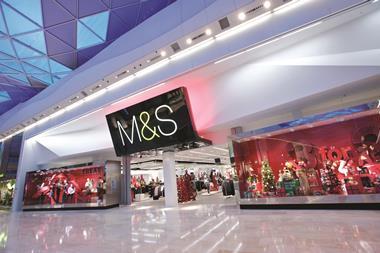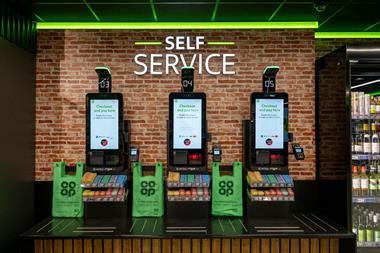The data we receive from suppliers is often incorrect. Is this an industry-wide problem or do we need to push our suppliers much harder on this?
A paper published recently by LCP Consulting and supply chain technology provider Zetes has estimated that one in every 10 data elements held by retailers is incorrect.
The paper - co-authored by LCP Consulting chairman Professor Alan Braithwaite and Professor Richard Wilding from the Centre for Logistics and Supply Chain Management at Cranfield School of Management - says that inconsistency in data between the UK’s top five retailers and their suppliers alone could be costing 1% of revenue, or £1.4bn a year.
Braithwaite comments: “Data accuracy is poor with errors in physical dimensions, pricings and operational parameters such as shelf fill and order quantities.
He adds: “There is a big opportunity hidden behind this problem. Companies need to take a fresh look at their master data management processes alongside their data identification and capture methods. This backroom stuff is crucial.”
There are steps both retailers and suppliers can take to improve the accuracy levels, while at the same time reducing overall costs. The paper sets out eight steps to raise the bar on data accuracy, including continuously measuring actual data accuracy performance, using equipment to capture missing physical dimension data and automating data alignment wherever possible.
Braithwaite concludes: “This is not about having to invest operating costs to get it right; rather it is about focusing the organisation and putting in place good processes.”


























No comments yet